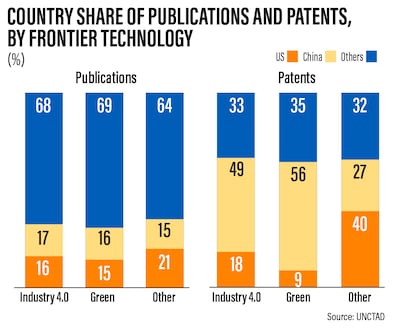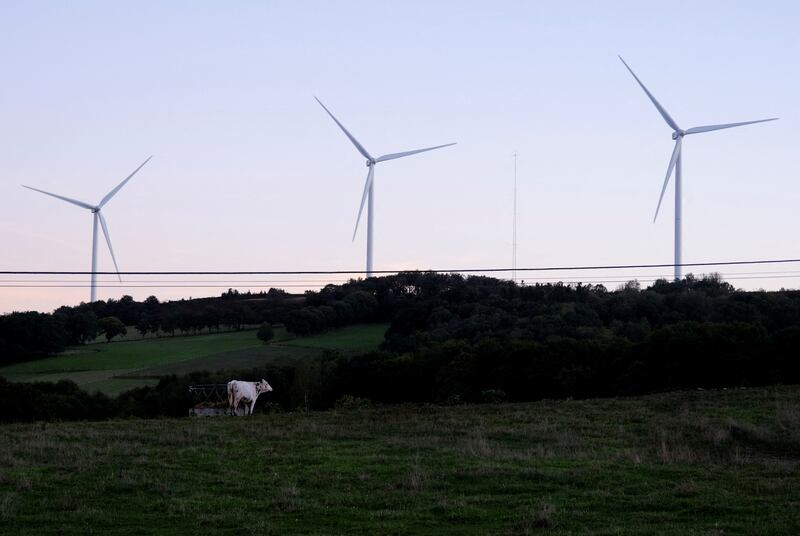Developing countries could miss out on the economic opportunities resulting from green technologies if governments and international bodies do not take decisive action, a UN body said.
There is a risk of increasing economic inequalities as developed countries stand to gain the most from green technologies such as artificial intelligence, the Internet of Things, and electric vehicles, the United Nations Conference on Trade and Development (Unctad) said in its Technology and Innovation report on Thursday.
"We are at the beginning of a technological revolution based on green technologies," said Rebeca Grynspan, Unctad’s secretary general.
"This new wave of technological change will have a formidable impact on the global economy. Developing countries must capture more of the value being created in this technological revolution to grow their economies."
The UN body estimates that green technologies could create a market worth more than $9.5 trillion by 2030 — about three times the current size of the Indian economy, the world’s fifth largest.
“Missing this technological wave because of insufficient policy attention or lack of targeted investment in building capacities would have long-lasting negative implications,” Ms Grynspan said.

The total exports of green technologies from developed countries jumped to more than $156 billion in 2021 from about $60 billion in 2018, according to Unctad.
At the same time, exports from developing nations rose to only about $75 billion from $57 billion, with their share of global exports falling to under 33 per cent.
Only a few developing countries have the capacity needed to take advantage of frontier technologies such as blockchain, drones and solar, Unctad said.
The UN body’s frontier technology readiness index, which ranks 166 countries based on criteria such as research and development and industrial capacity, is led by high-income countries such as the US, Sweden, Singapore, Switzerland and the Netherlands.
The second quarter of the list includes emerging economies such as Brazil, China, India and Russia.
Countries in Latin America, the Caribbean and sub-Saharan Africa are the “least ready” to harness frontier technologies and are at risk of missing current technological opportunities, Unctad said.
"To benefit from the green tech revolution, proactive industrial, innovation and energy policies targeting green technologies are needed in developing countries," said Shamika Sirimanne, director of Unctad's technology and logistics division.
“Developing countries need agency and urgency in coming up with the right policy responses,” she said.
"As developing countries respond to today’s urgent interconnected crises, they also need to take strategic, long-term action to build innovation and technological capacities to spur sustainable economic growth and increase their resilience to future crises."

The report says developing nations should be permitted to safeguard their nascent green industries by means of tariffs, subsidies, and public procurement under international trade regulations.
Unctad also suggested that the same approach used during the Covid-19 outbreak, which allowed some countries to produce and distribute vaccines without the consent of the patent holder, be adopted.
“This would offer manufacturers in developing countries quicker access to key green technologies,” it said.
Investment in renewable energy needs to double to more than $4 trillion by the end of the decade to meet net-zero emissions targets by 2050, the International Energy Agency said in its World Energy Outlook last year.
The agency's stated policies scenario (Steps), based on the latest policy settings worldwide, expects clean energy investment to rise to slightly more than $2 trillion by 2030.





